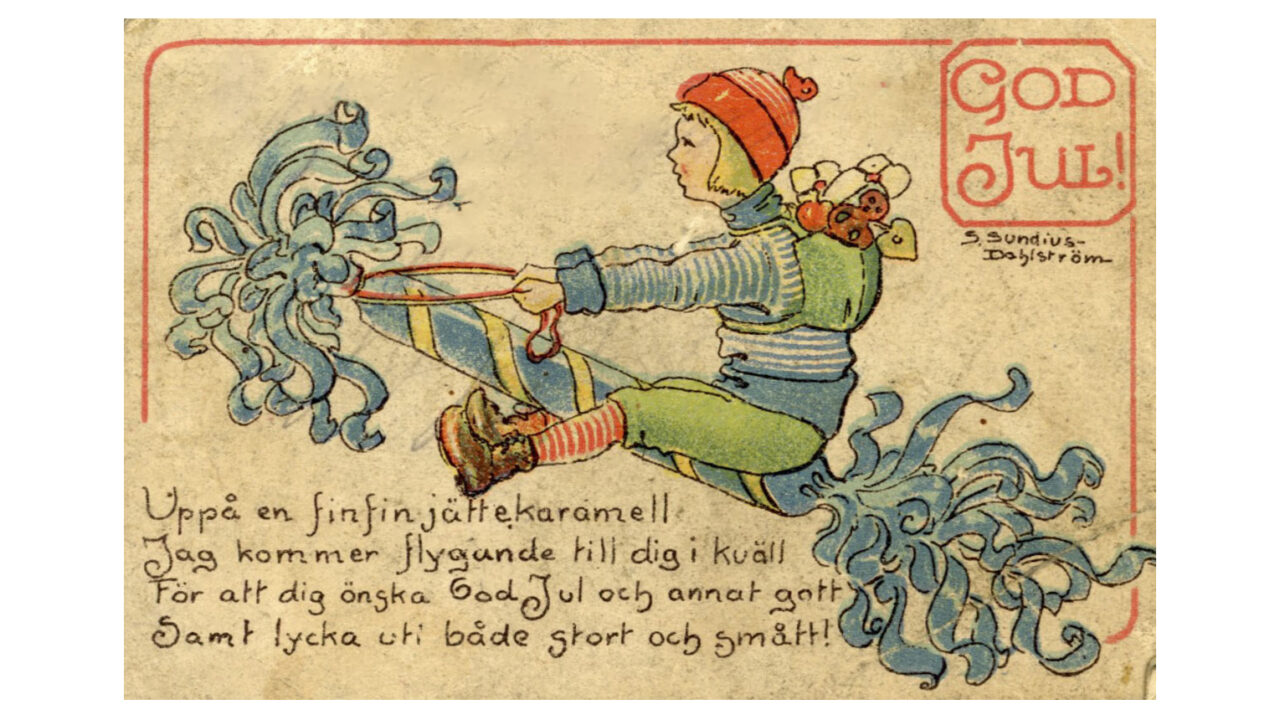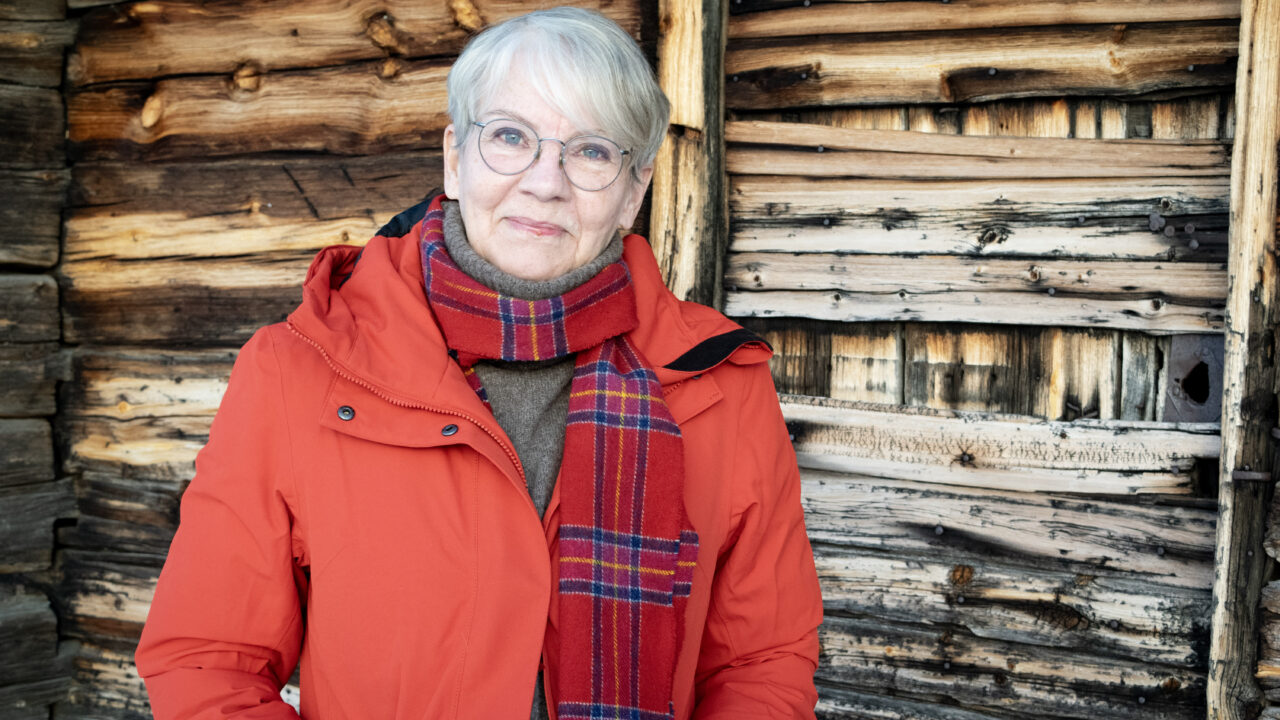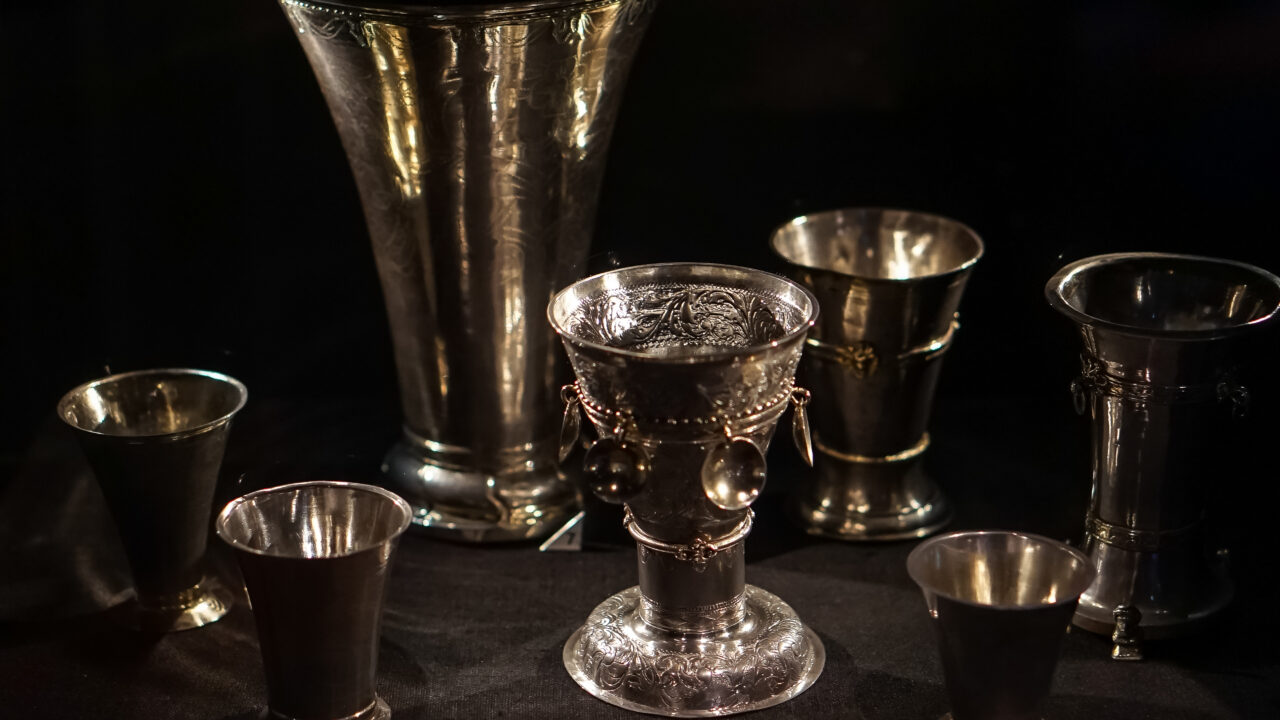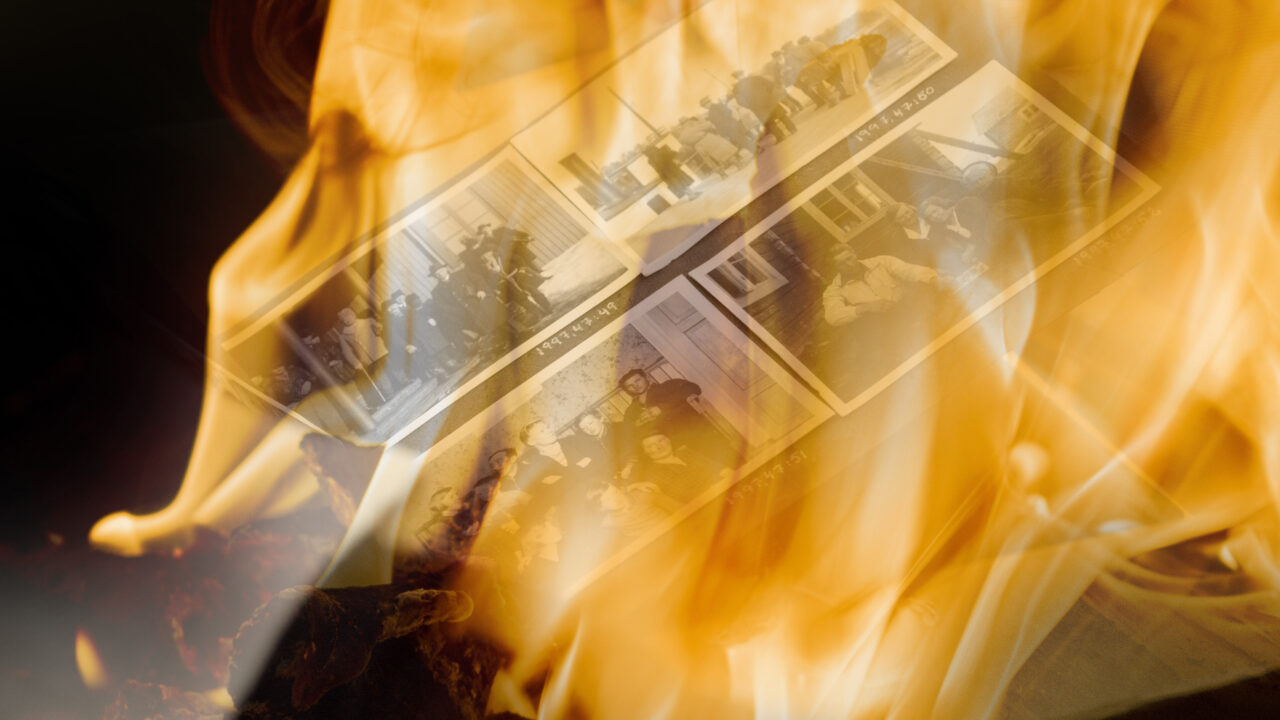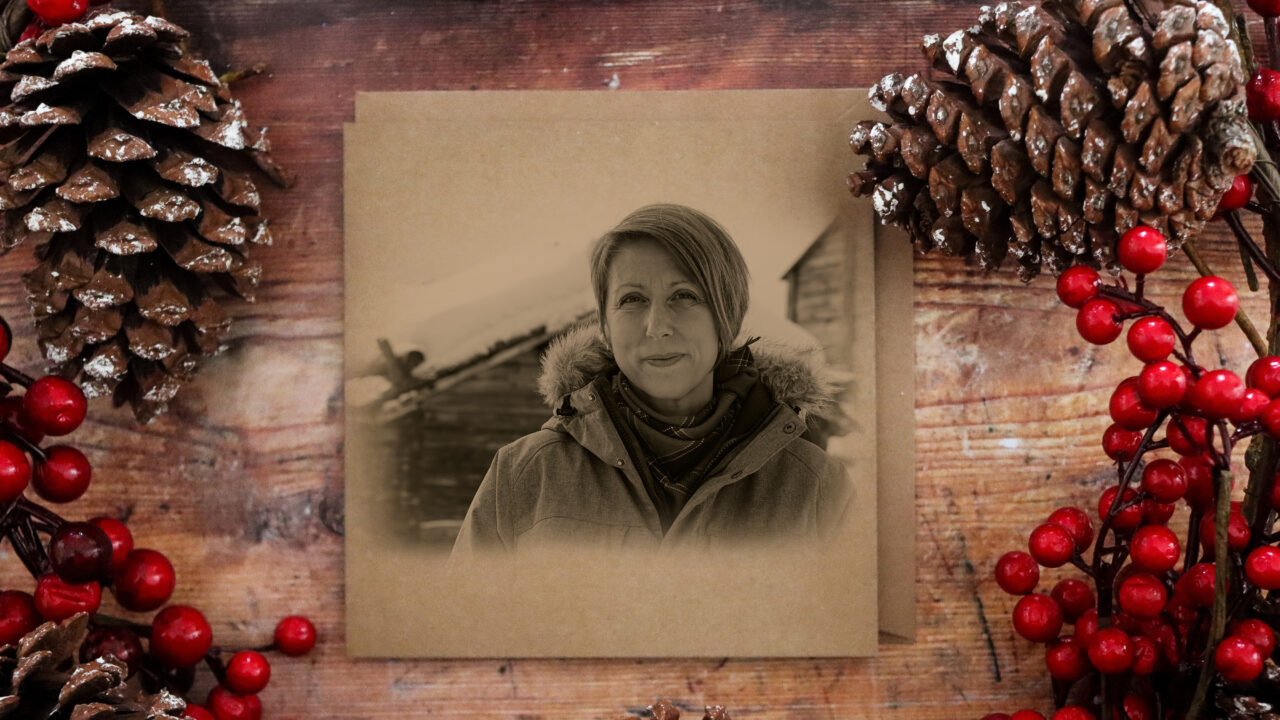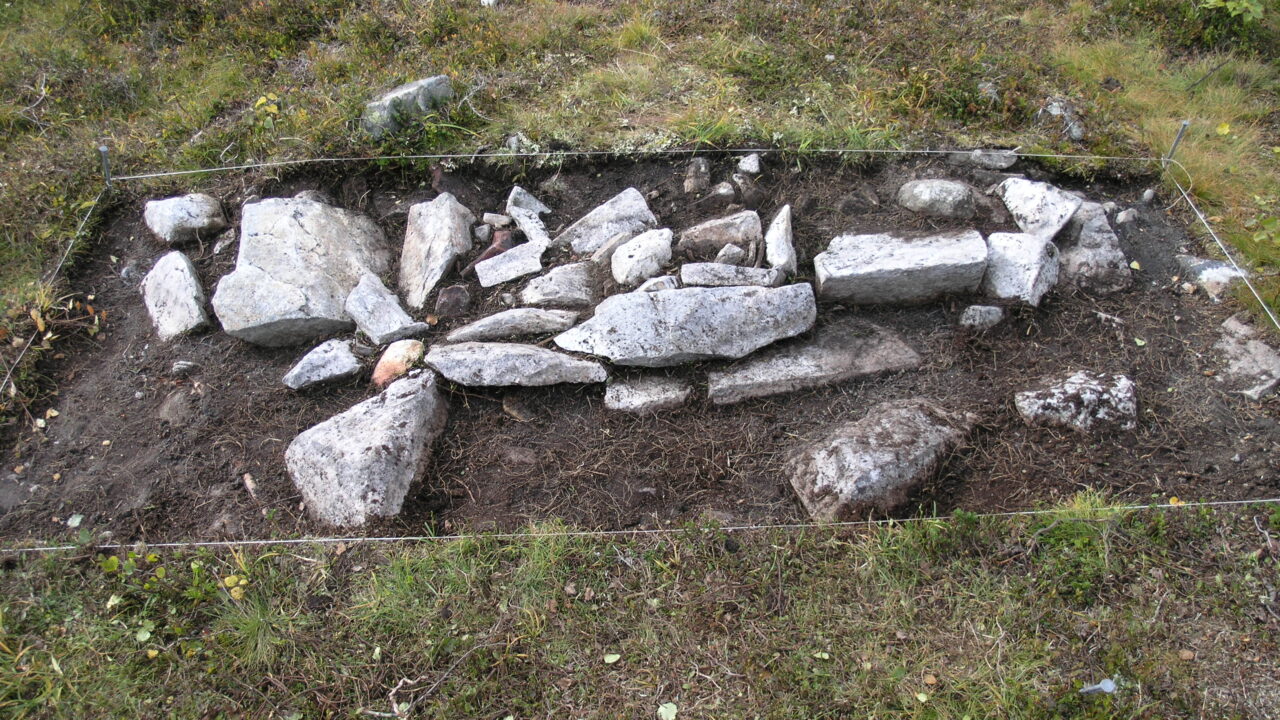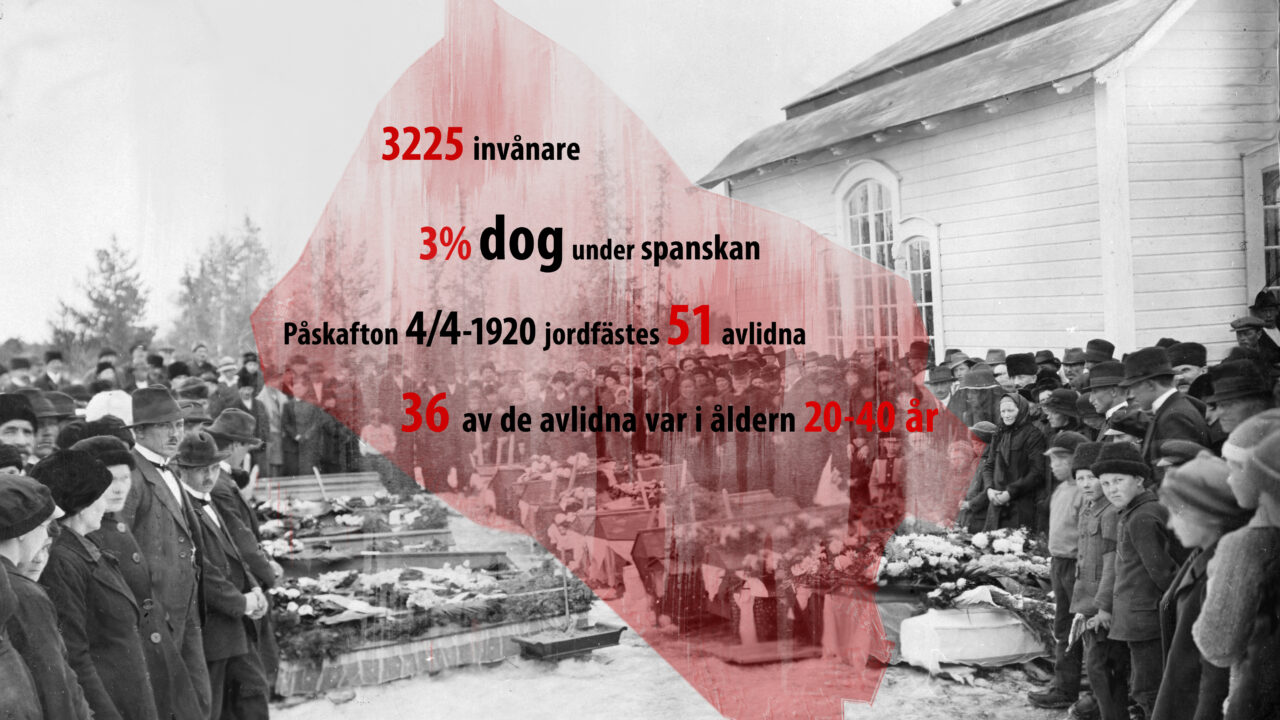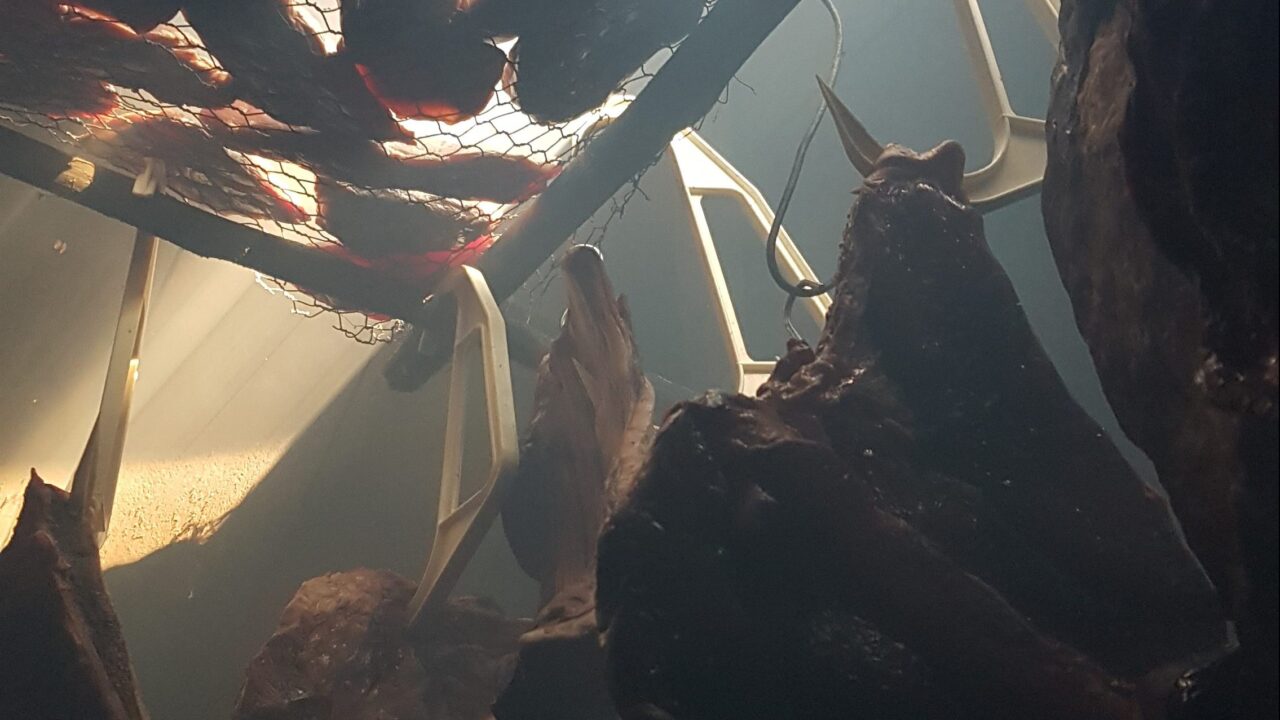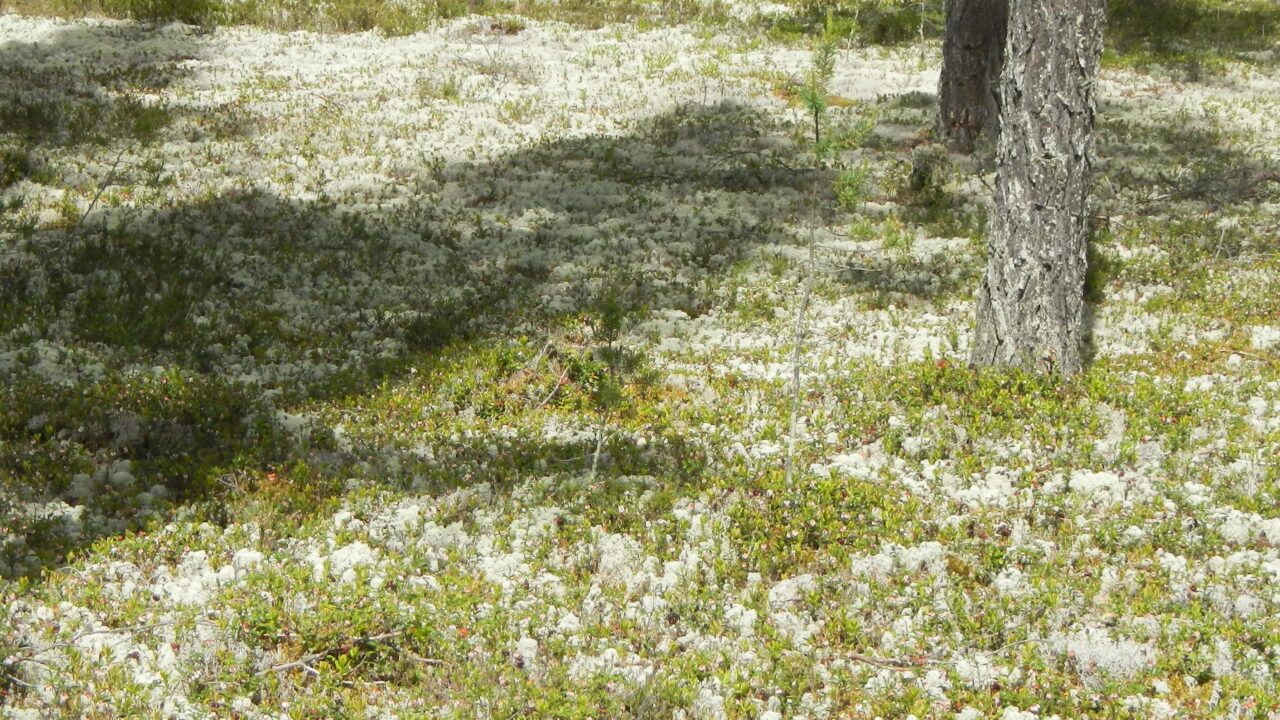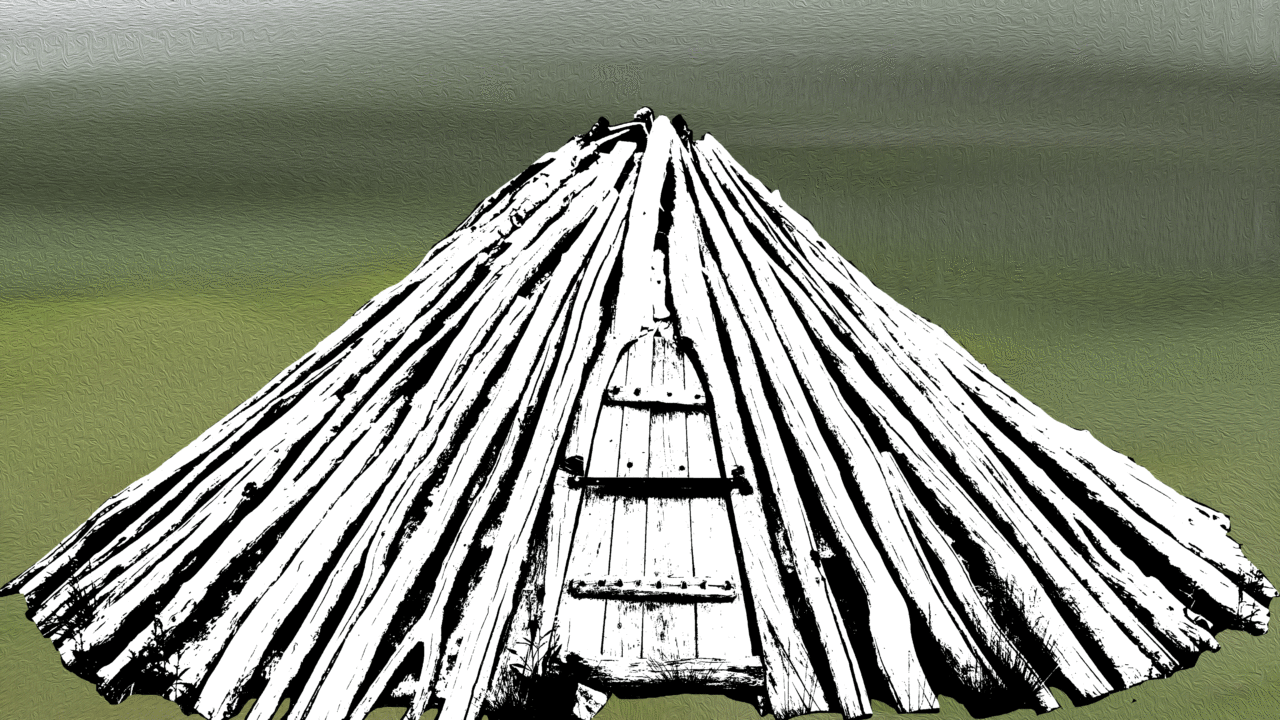Good neighbors, good friends
What's new
It seems like a tired phrase by now, but the fact remains: it has been a different year!
Fortunately, we have been able to live very safely in Arjeplog, we have had few known cases of infection. But something that we have really felt is how different ways of dealing with the pandemic have affected the relationship with our neighboring countries. And as a border municipality, it is extremely sad.
Our relationship with Norway is and has always been important, and there are many traces of this in the Silvermuseet's research and in our archives. Before the borders of the states were drawn, it was the east-west direction, from coast to coast that was the natural route for the exchange of goods and services. What are now border mountains were the meeting point of those days.
Reindeer have never been governed by invisible, man-made borders. They have had their pastures in what are now two different countries. The reindeer herding Sami have followed the reindeer's wanderings, and home was where the reindeer had good grazing. It could be called Norway or Sweden as it wished, the lands are still connected.
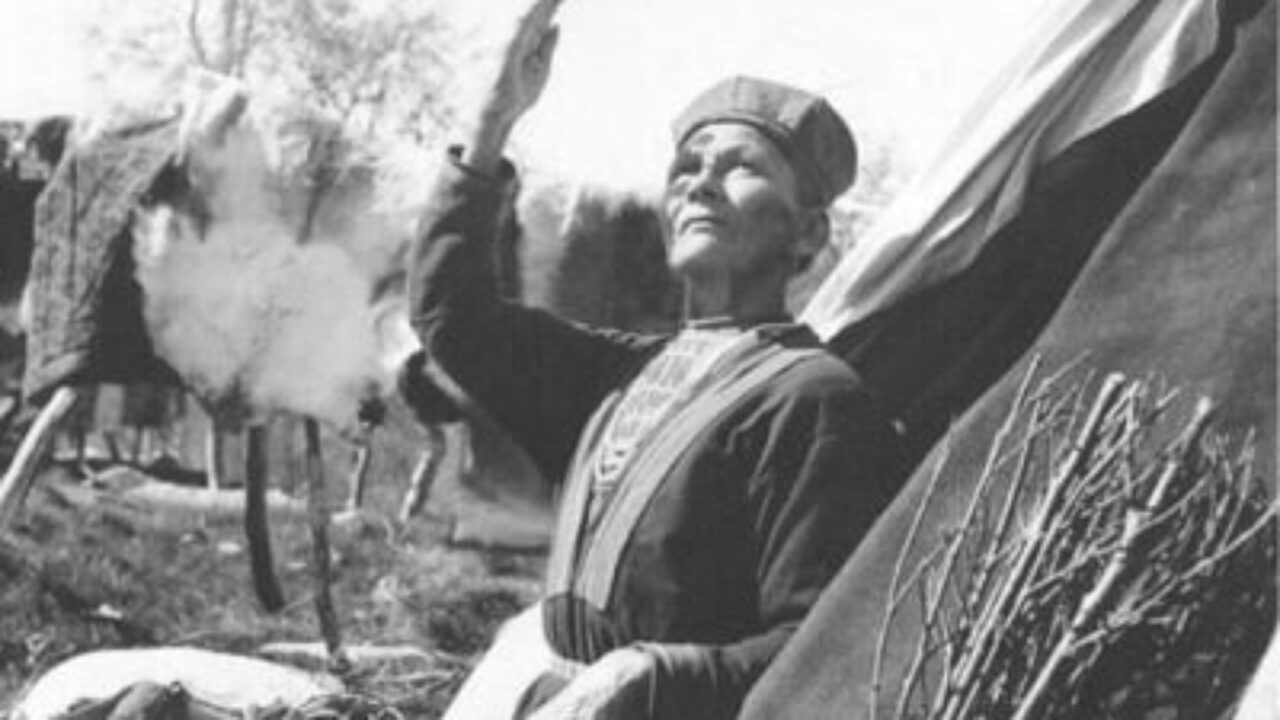
- Inga Steggo outside her home, Mavas. The picture was taken during the Second World War.
During the Second World War, the border population was invaluable to those fleeing the war. On the Norwegian side, there were pilots who risked their own lives to help the vulnerable to the border. On this side of the border, there were people who welcomed refugees, helped them with food, clothing and shelter, and helped them find their way to safety. One of many such heroes was Inga Steggo, who was awarded the Medal of Freedom by King Haakon VII "for great services to the Norwegian cause during the war".
In the first half of the 20th century, Sivert Johansson skied from Tollådalen in Norway to Arjeplog to buy a stow of cloth, as it was a few pennies cheaper here. In a folder in the archive, the picture of his son Johan (far left) appears when he visits Långudden a few years later.

Trade is still important. In 2020, just before the pandemic catches us in its grip, the traders in Jäckvik are making a gigantic investment to be able to respond to the increased trade where customers from Norway are one of the most important groups.
The stories, the marriages, the pictures, the names - there is so much that tells us about our connection to our neighbors to the west and our good relationship. We hope and believe that it will remain when the pandemic is over and we can live as usual again.
By the way, did you know that Norway is called Vuodna (fjord) in Pite Sami, and that Vuonatj (bay) translated into Swedish is "little Norway"?
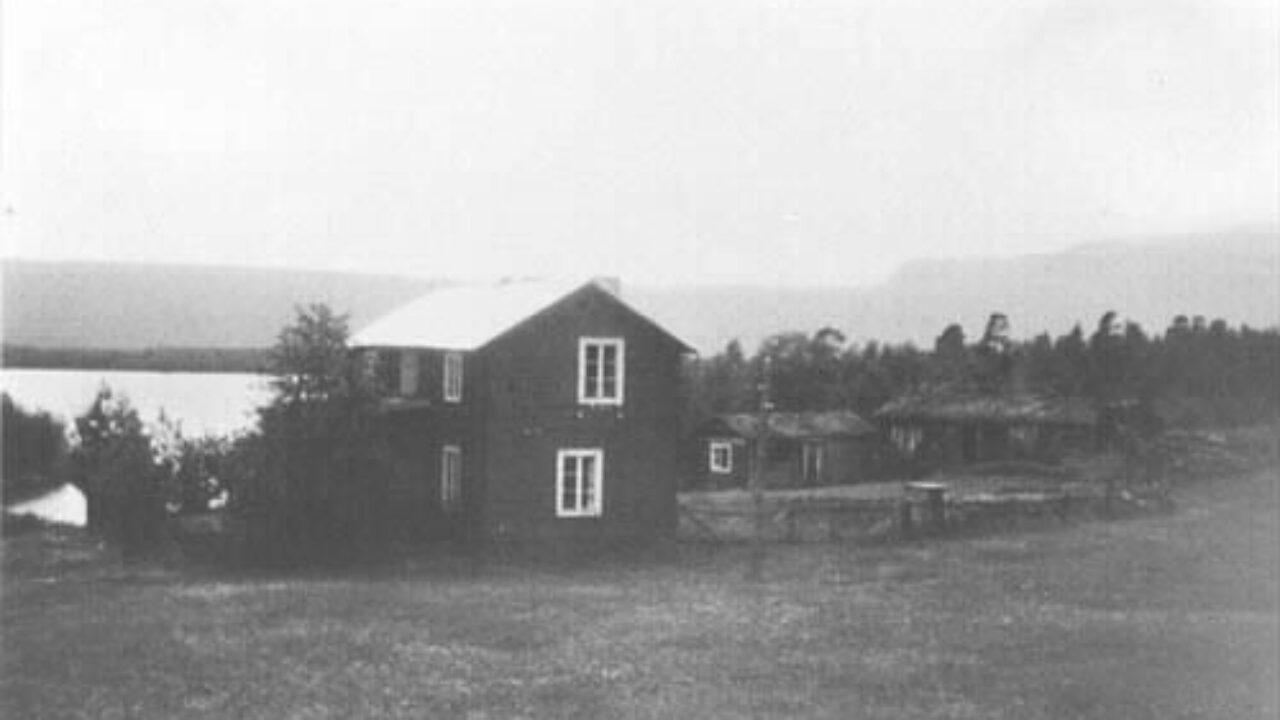
-Vuonatjviken
